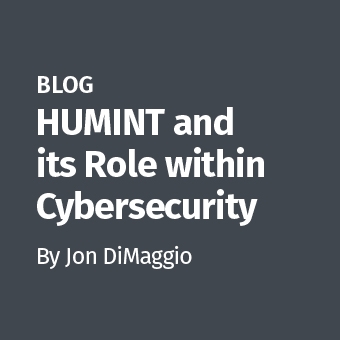Logs, Logs, Every Where / Nor Any Byte to Grok
In the practice of Network Forensics, we frequently lack the ultimate evidence - a full packet capture. Instead, we must seek other 'Artifacts of Communication ', which provide insight to system communications that have long since concluded. These artifacts often come from log events created along the path of communication - switches, routers, firewalls, intrusion detection systems, proxy servers, and a myriad other devices.
The skilled network forensicator will aggregate these different sources, then apply sound analytic processes to the consolidated evidence. Only then can we build a comprehensive understanding of those network communication events and establish the best possible sequence of events around the incident in question.
In this webcast, we will discuss one tool that can be very effective inpractice: Logstash. Although Logstash is a free and open-source solution intended for system and network administrators to observe live data, it can also provide great value to the forensicator, who must integrate disparate data sources and formats. New developments around Logstash also make it an ideal tool for the system-based forensicator as well, since supertimeline data can be integrated as well.






